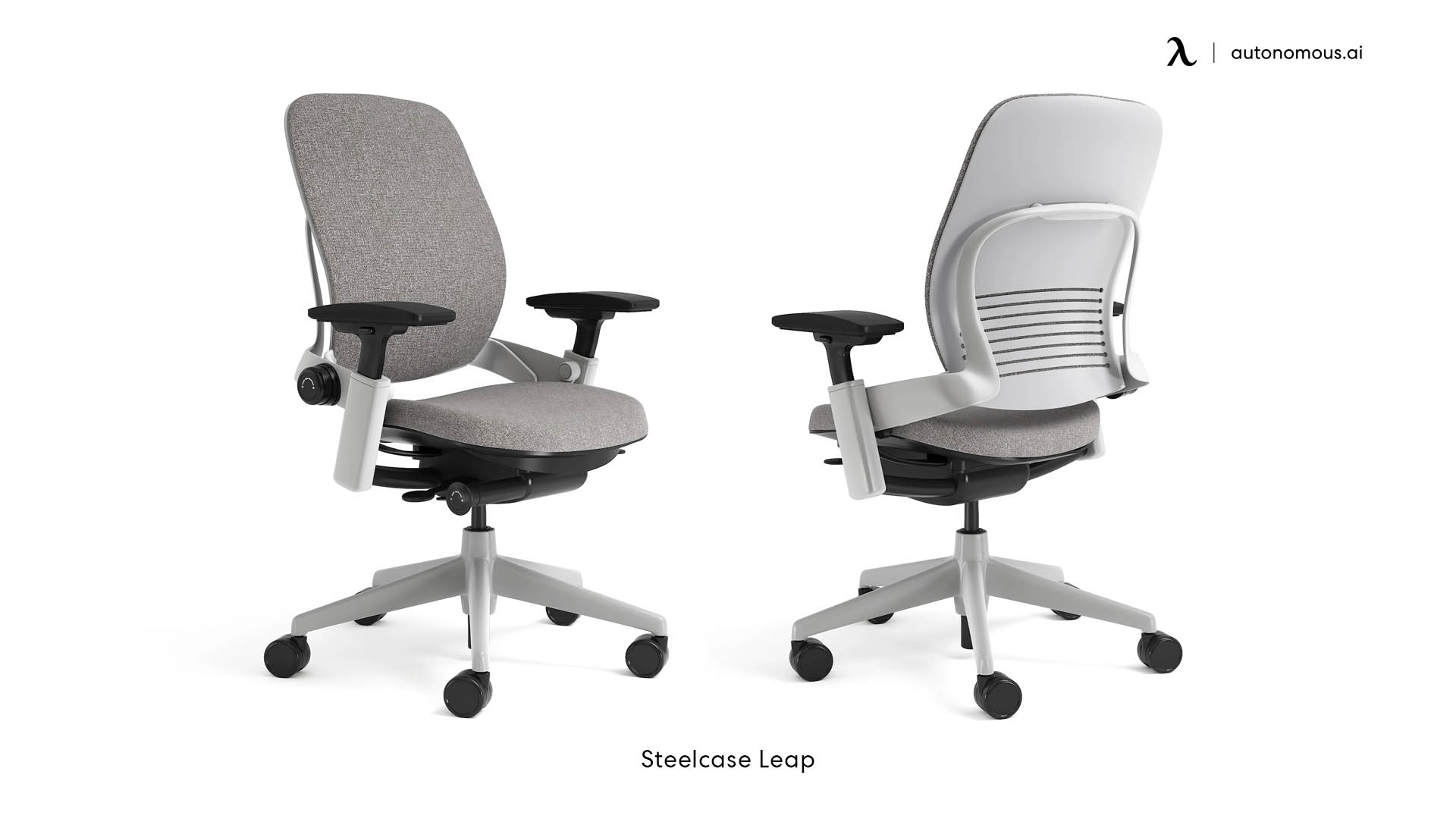Materials and Durability for Long-Term Use: Best Desk Chair For 8 Hours

Choosing the right materials for your desk chair is crucial for both comfort and longevity, especially if you plan on sitting for eight hours a day. The materials used directly impact the chair’s durability, its ability to withstand daily wear and tear, and ultimately, your comfort level throughout the workday. Different materials offer varying degrees of breathability, support, and resistance to damage, influencing the chair’s lifespan and your overall experience.
Mesh Chair Materials: Properties and Considerations, Best desk chair for 8 hours
Mesh chairs have gained popularity due to their breathability and ergonomic design. However, their durability varies significantly depending on the mesh type and construction quality.
- Pros: Excellent breathability, reducing heat buildup and discomfort during prolonged sitting. Often lighter and easier to adjust than other materials. Generally more affordable than leather chairs.
- Cons: Mesh can sag or stretch over time, especially with heavier users or consistent pressure. Some mesh fabrics can feel less supportive than other materials. Durability depends heavily on the quality of the mesh and the frame construction; cheaper meshes may tear or lose their shape more quickly.
Long-term use of a mesh chair can lead to sagging if the mesh is of low quality. High-quality mesh, however, often retains its shape and support for many years. The frame’s strength is also critical; a weak frame will compromise the mesh’s support and lead to premature wear.
Leather Chair Materials: Properties and Considerations
Leather chairs offer a luxurious feel and often boast a higher perceived level of quality. However, genuine leather is expensive, and its durability depends on the type of leather and the manufacturing process.
- Pros: Durable and long-lasting if properly cared for. Provides excellent support and a luxurious feel. Often more resistant to stains and spills than fabric or mesh.
- Cons: Can be expensive. Genuine leather can crack or peel over time, especially if not conditioned regularly. Can be less breathable than mesh or fabric, leading to discomfort in warmer climates.
The long-term comfort of a leather chair depends on factors like the thickness and quality of the leather. Full-grain leather generally offers superior durability and longevity compared to bonded or split-grain leather. Regular conditioning is essential to maintain its suppleness and prevent cracking. The chair’s padding also plays a significant role; inadequate padding can lead to discomfort even with high-quality leather.
Fabric Chair Materials: Properties and Considerations
Fabric chairs offer a wide range of options in terms of texture, style, and price. Durability varies greatly depending on the type of fabric used.
- Pros: Wide variety of styles, colors, and textures available. Generally more affordable than leather. Some fabrics offer good breathability.
- Cons: Can be prone to staining and wear. Durability varies greatly depending on the fabric type; some fabrics may pill or fade over time. May not be as durable as leather or high-quality mesh.
The lifespan of a fabric chair is influenced by the fabric’s weave, density, and treatment. High-quality, tightly woven fabrics tend to be more resistant to wear and tear. However, even durable fabrics can show signs of wear with prolonged daily use. Regular cleaning and maintenance are crucial for extending the life of a fabric chair.
Key Factors Affecting Desk Chair Durability (8-Hour Use)
Assessing the durability of a desk chair intended for eight hours of daily use requires a hierarchical approach, considering several interconnected factors.
- Overall Construction Quality: This is the most crucial factor. It encompasses the materials used, the manufacturing process, and the overall design of the chair.
- Frame Material and Construction: A strong and stable frame (typically metal or high-quality wood) is essential for long-term durability. Poorly constructed frames can lead to instability and breakage.
- Mechanism Durability: The chair’s mechanism (e.g., tilt mechanism, height adjustment) should be robust and smoothly operating. A poorly designed mechanism will wear out quickly, impacting the chair’s overall functionality and comfort.
- Material Quality and Resistance: The specific materials used (mesh, leather, fabric) should be chosen for their durability and resistance to wear and tear. Consider the fabric’s weave density, leather thickness, and mesh type.
- Padding and Support: Adequate padding and proper ergonomic support are essential for comfort and long-term use. Inadequate padding can lead to discomfort and pressure points, while poor support can contribute to back problems.
